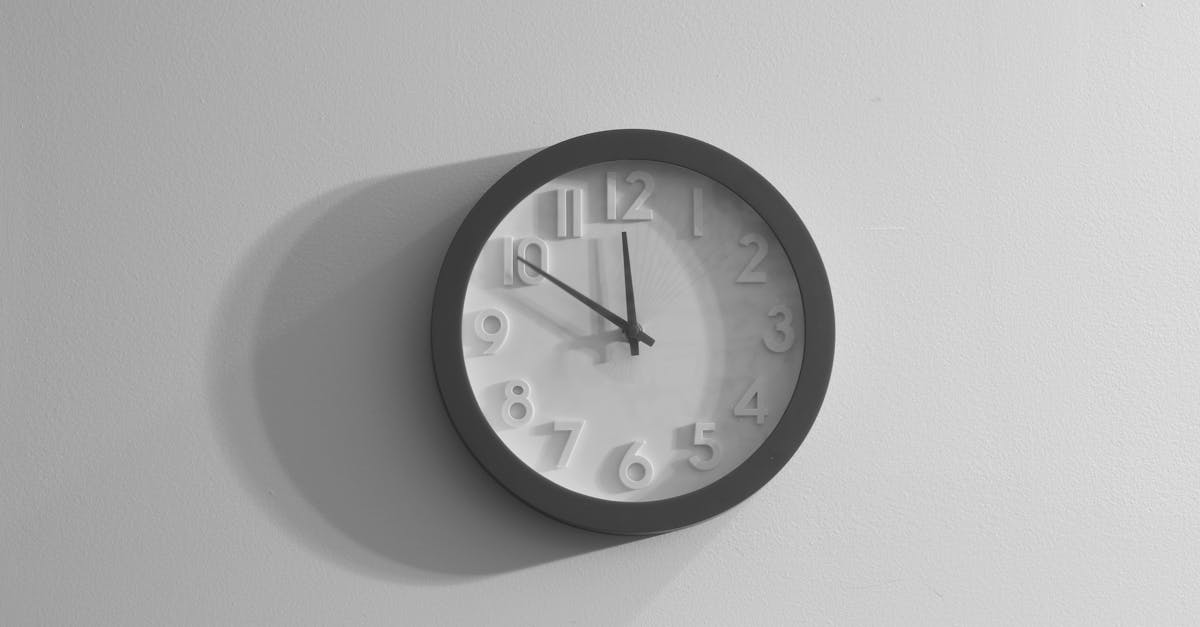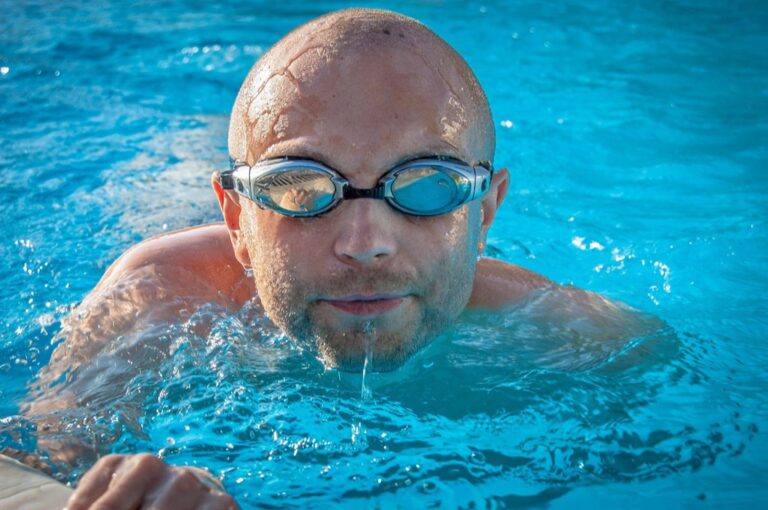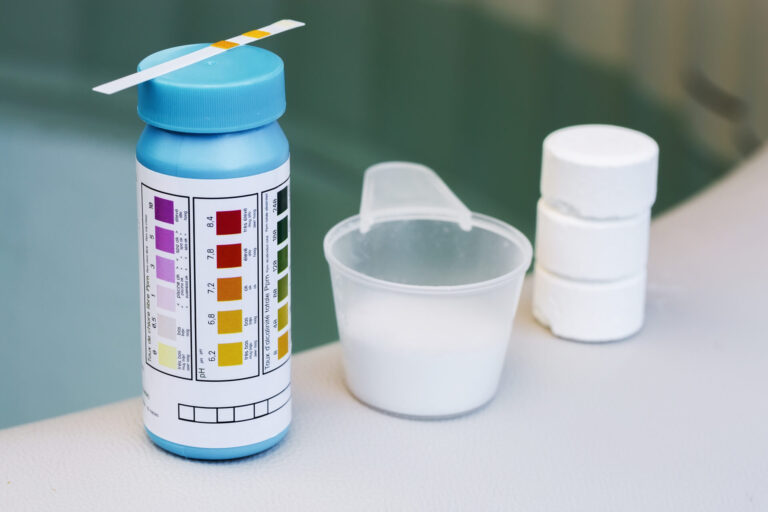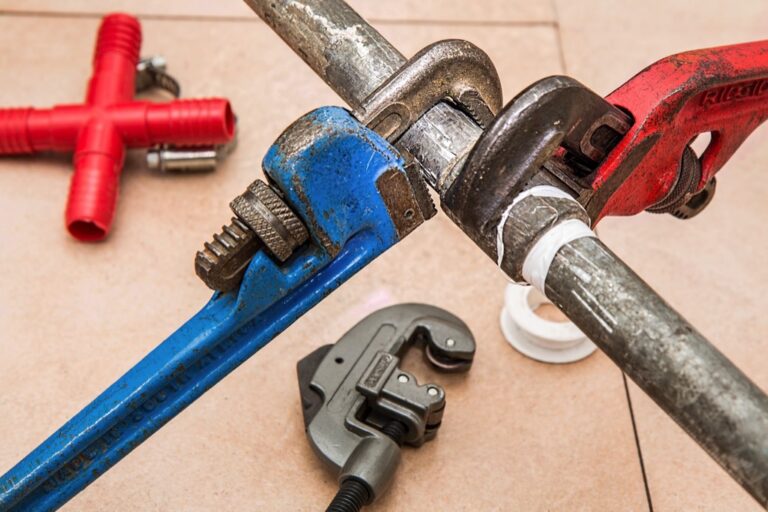7 Best Practices for Reducing Pool Cleaning Time Pool Pros Never Share
Discover the 7 best practices that cut your pool cleaning time in half, from smart scheduling and automatic cleaners to proper chemical balance and debris prevention techniques.
Maintaining a sparkling pool doesn’t have to consume your precious weekend hours. With the right strategies, you can dramatically cut down your pool cleaning time while still enjoying crystal-clear water all season long.
Smart pool owners know that prevention is the key to spending less time cleaning and more time swimming. By implementing these seven proven best practices, you’ll transform your pool maintenance routine from a dreaded chore into a quick and simple task.
Disclosure: As an Amazon Associate, this site earns from qualifying purchases. Thank you!
1. Schedule Regular Maintenance Sessions
Scheduling regular maintenance is the foundation of efficient pool care that dramatically reduces your overall cleaning time. By establishing a consistent routine, you’ll prevent problems before they require time-consuming fixes.
Setting Up a Consistent Cleaning Calendar
Create a weekly maintenance schedule that divides tasks into manageable chunks. Assign specific days for skimming, vacuuming, checking chemical levels, and backwashing filters. This approach prevents overwhelming weekend cleanups and keeps your pool consistently clean with minimal daily effort.
Using Digital Reminders to Stay on Track
Leverage smartphone apps or calendar notifications to automatically remind you of maintenance tasks. Tools like Pool Pal or Pooland not only send alerts but also track chemical usage, maintenance history, and equipment performance, ensuring you never miss critical cleaning tasks that prevent bigger problems.
2. Invest in Automatic Pool Cleaners
The Dolphin Nautilus CC Plus Wi-Fi cleans your in-ground pool (up to 50ft) with ease. Control scheduled cleanings from anywhere via Wi-Fi and enjoy thorough wall-climbing scrubbing.
Automatic pool cleaners can dramatically reduce your maintenance workload by handling one of the most time-consuming tasks of pool ownership. These devices work tirelessly to keep your pool clean while you focus on other activities, effectively cutting your cleaning time in half.
Robotic vs. Suction-Side Cleaners
Robotic cleaners operate independently with their own filtration systems, delivering superior cleaning performance on walls and floors. They’re energy-efficient but come at a higher price point. Suction-side cleaners, which connect to your existing filtration system, offer more affordable initial costs but may increase energy usage and provide less thorough cleaning in tight corners.
Cost-Benefit Analysis of Automated Solutions
While automatic cleaners require upfront investment ($300-$1,500), they deliver significant time savings—typically 2-3 hours weekly. Calculate your time value: 10 hours monthly saved equals 120 hours annually. High-quality units last 5-7 years with proper maintenance, making them cost-effective for most pool owners when considering the reduction in chemical usage and improved water circulation.
3. Optimize Your Pool’s Chemical Balance
Maintaining proper chemical balance is one of the smartest ways to reduce your pool cleaning time. When your water chemistry is correctly balanced, you’ll prevent algae growth and avoid costly deep cleaning sessions.
Testing Water Chemistry Weekly
Regular water testing is your first defense against chemical imbalances. Use reliable test strips or digital testers to check pH, chlorine, alkalinity, and calcium hardness weekly. Catching imbalances early prevents problems that require extensive cleaning and treatment later. Schedule testing for the same day each week to establish a consistent routine.
Using Stabilized Chlorine Products
Keep your swimming pool clean and sanitized with In The Swim's 3 Inch Stabilized Chlorine Tablets. Slow dissolving and individually wrapped for convenience.
Stabilized chlorine products contain cyanuric acid that protects chlorine from sun degradation. These products maintain effective sanitizing levels longer, reducing how often you need to add chemicals. For outdoor pools, choose tablets with 2-3% cyanuric acid for optimal protection without over-stabilization that can reduce chlorine effectiveness.
4. Install Proper Filtration Systems
Your filtration system is the heart of your pool’s cleanliness. A properly sized and maintained filter dramatically reduces manual cleaning time by efficiently removing particles and debris before they become problematic.
Choosing the Right Filter for Your Pool Size
Select your filter based on your pool’s volume and usage patterns. Sand filters are economical but require more frequent backwashing, while cartridge filters offer better filtration but need periodic cleaning. DE (diatomaceous earth) filters provide the finest filtration (as small as 2-5 microns) but require more maintenance. Always size up rather than down when selecting filter capacity.
Maintenance Schedule for Different Filter Types
Sand filters need backwashing every 1-3 weeks and sand replacement every 3-5 years. Cartridge filters require cleaning every 2-3 months and replacement every 2-3 seasons. DE filters need cleaning every 2-3 months and grid replacement every 5-10 years. Follow manufacturer guidelines for optimal performance, adjusting frequency based on pool usage and environmental conditions.
5. Prevent Debris Before It Enters
Preventing debris from entering your pool is significantly more efficient than removing it later. Implementing proactive measures can cut your cleaning time by up to 60% and protect your filtration system from unnecessary strain.
Strategic Landscaping Around Pool Areas
Strategic landscaping creates a natural barrier against debris while enhancing your pool area’s aesthetics. Plant low-pollen, non-shedding plants at least 6 feet from the pool edge. Consider installing decorative rock borders or hardscaping that won’t blow into the water. Properly positioned shrubs can also serve as windbreaks, redirecting leaves and debris away from your pool.
Using Quality Pool Covers When Not in Use
A quality pool cover acts as your first line of defense, blocking up to 95% of debris from entering the water. Invest in a solar cover that prevents evaporation while keeping out leaves and dirt. Automatic covers offer convenience with the push of a button, while mesh safety covers provide protection during extended periods of non-use. Remember to remove standing water from solid covers to prevent it from spilling into the pool.
6. Upgrade to Smart Pool Technology
Smart pool technology represents the cutting edge of pool maintenance, reducing cleaning time by automating monitoring and maintenance tasks.
Remote Monitoring Systems
Smart pool systems let you check water chemistry and temperature from your smartphone, eliminating manual testing time. These systems alert you to imbalances before they become problems, reducing the need for shock treatments and algae remediation. Products like pHin and Sutro monitor your pool 24/7, providing real-time data and maintenance recommendations.
Programmable Cleaning Cycles
Automated cleaners with programmable schedules ensure your pool receives consistent maintenance without your intervention. Set your robotic cleaner to run during off-peak electricity hours to save on energy costs. Today’s smart cleaners like Dolphin Premier and Polaris can learn your pool’s specific layout, optimizing cleaning paths and reducing the cycle time by up to 30%.
7. Create an Efficient Cleaning Kit
Essential Tools for Quick Cleanups
Creating a well-equipped cleaning kit can cut your pool maintenance time in half. Include telescoping poles with multiple attachment options, premium-quality skimmers, and a dedicated pool vacuum with extension hoses. Add specialized brushes for walls, steps, and tile lines, plus water testing supplies. Store microfiber towels for wiping deck areas and equipment to prevent water spots and buildup.
Organizing Your Pool Maintenance Supplies
Store your cleaning supplies in a weather-resistant container near your pool to eliminate time-wasting trips to the garage or shed. Use compartmentalized toolboxes or mesh bags with drainage to keep wet tools separate. Label chemical containers clearly and arrange them by frequency of use. Install hooks for hanging telescoping poles and nets, preventing warping and extending their lifespan. This organization system saves 10-15 minutes per cleaning session.
Conclusion: Enjoying More Swim Time and Less Cleaning Time
By implementing these seven proven strategies you’ll transform your pool maintenance routine from a time-consuming chore into a manageable part of your week. Regular scheduling paired with the right tools and preventative measures creates a system that keeps your pool sparkling with minimal effort.
Remember that each improvement builds on the others – from automatic cleaners and optimized chemistry to smart technology and strategic landscaping. The time you invest in setting up these systems now will pay dividends throughout every swimming season.
Your weekends deserve to be spent enjoying your pool rather than constantly cleaning it. With these best practices you’ll find the perfect balance between proper maintenance and relaxation time – exactly what pool ownership should be about.
Frequently Asked Questions
How can I reduce the time spent cleaning my pool?
Schedule regular maintenance sessions, invest in an automatic pool cleaner, maintain proper chemical balance, ensure effective filtration, prevent debris from entering, upgrade to smart pool technology, and create an efficient cleaning kit. Breaking tasks into small, consistent sessions prevents overwhelming weekend cleanups and significantly reduces overall cleaning time.
Are automatic pool cleaners worth the investment?
Yes, automatic pool cleaners are worth the investment for most pool owners. While they cost $300-$1,500 upfront, they save 2-3 hours of cleaning time weekly. Robotic cleaners offer superior performance but are more expensive, while suction-side cleaners are more affordable but less thorough. They also improve water circulation and reduce chemical usage.
How often should I test my pool water?
Test your pool water weekly using reliable test strips or digital testers. Check pH, chlorine, alkalinity, and calcium hardness levels during each test. Establishing a consistent testing routine helps catch chemical imbalances early, preventing algae growth and eliminating the need for extensive cleaning sessions later.
Which type of pool filter is best?
The best filter depends on your pool size and usage. Sand filters are economical and low-maintenance but provide basic filtration. Cartridge filters offer better filtration with moderate maintenance. DE (diatomaceous earth) filters provide the finest filtration but require more maintenance. Properly sizing your filter to your pool is crucial for efficiency.
How can I prevent debris from entering my pool?
Install strategic landscaping with low-pollen, non-shedding plants and decorative rock borders. Use quality pool covers when the pool isn’t in use – solar covers prevent evaporation while automatic or mesh safety covers provide protection during extended non-use periods. These preventive measures can reduce cleaning time by up to 60%.
What should be included in an efficient pool cleaning kit?
Include telescoping poles, premium-quality skimmers, a dedicated pool vacuum, specialized brushes for different surfaces, and water testing supplies. Store these tools in a weather-resistant container near your pool, using compartmentalized toolboxes and labeled chemical containers. This organization can save 10-15 minutes per cleaning session.
How do smart pool technologies help with maintenance?
Smart pool systems automate monitoring and maintenance by checking water chemistry and temperature remotely, sending alerts for imbalances before problems escalate. They control automated cleaners with programmable schedules, optimize cleaning paths, and reduce cycle times. This technology makes pool maintenance more efficient with minimal manual intervention.
How often should I service different types of pool filters?
Sand filters need backwashing every 4-6 weeks and sand replacement every 5-7 years. Cartridge filters require cleaning every 2-3 months and replacement every 2-3 years. DE filters need backwashing monthly, with grid cleaning twice yearly and replacement every 5+ years. Regular maintenance ensures optimal filtration performance.







